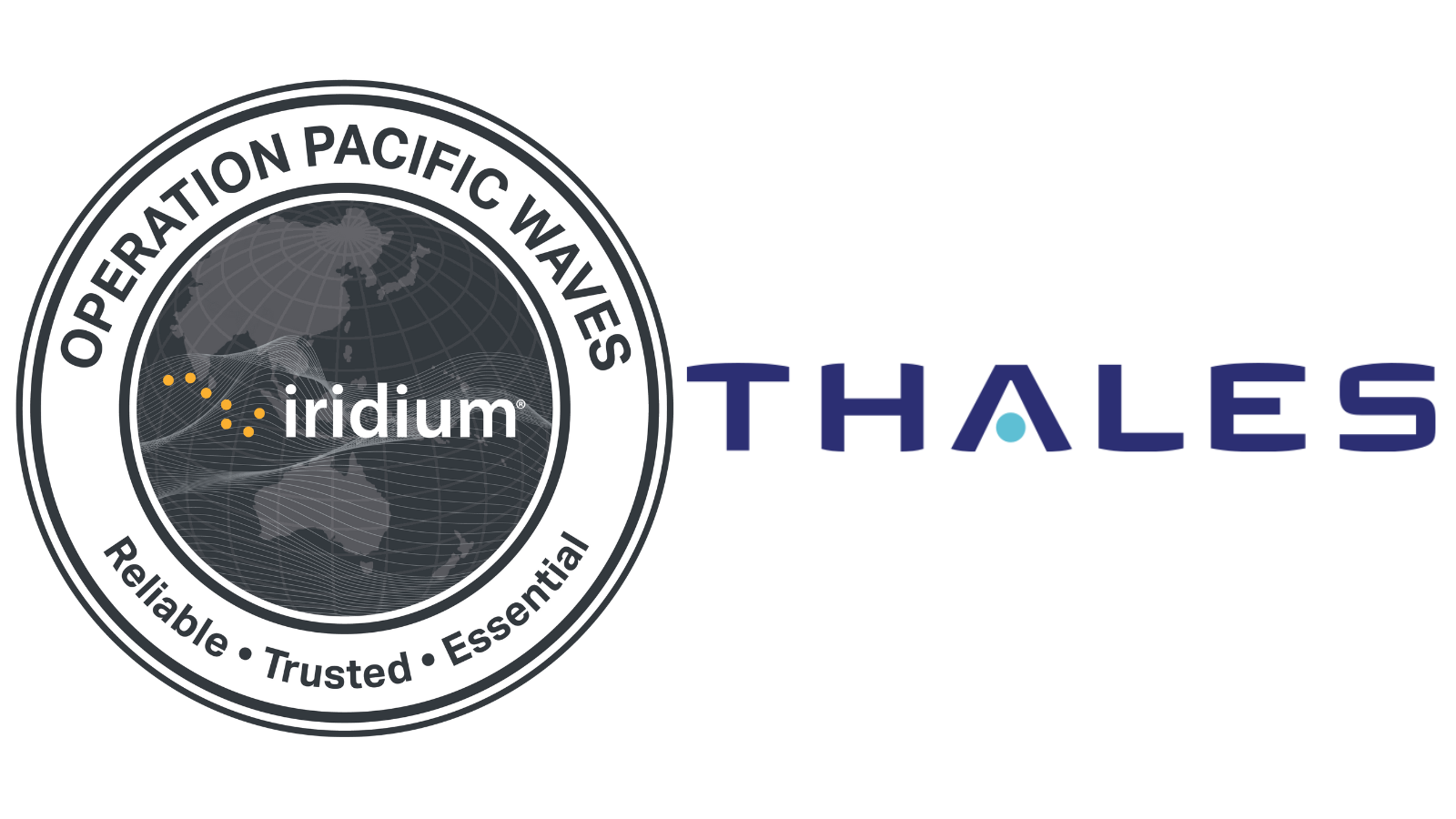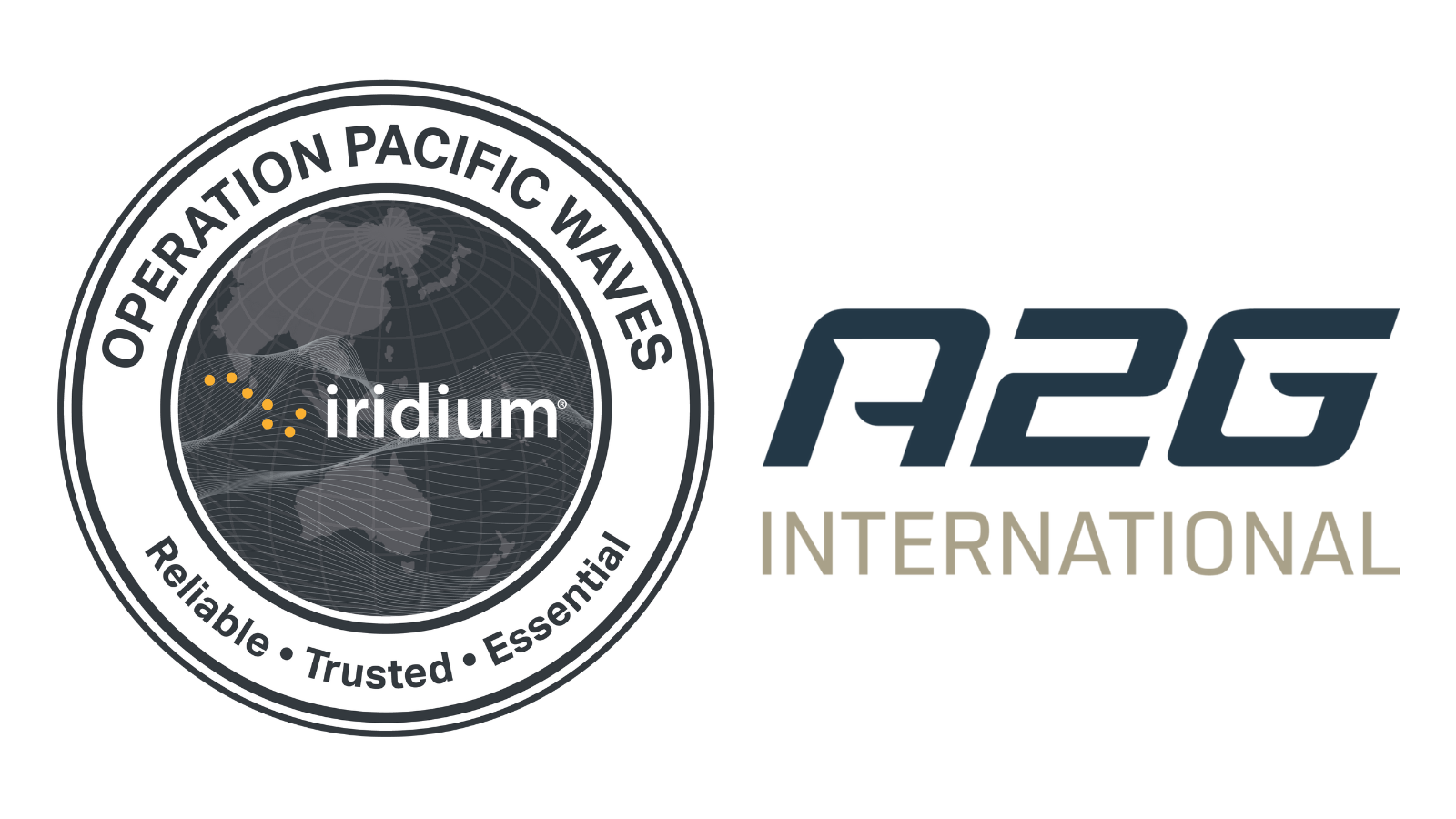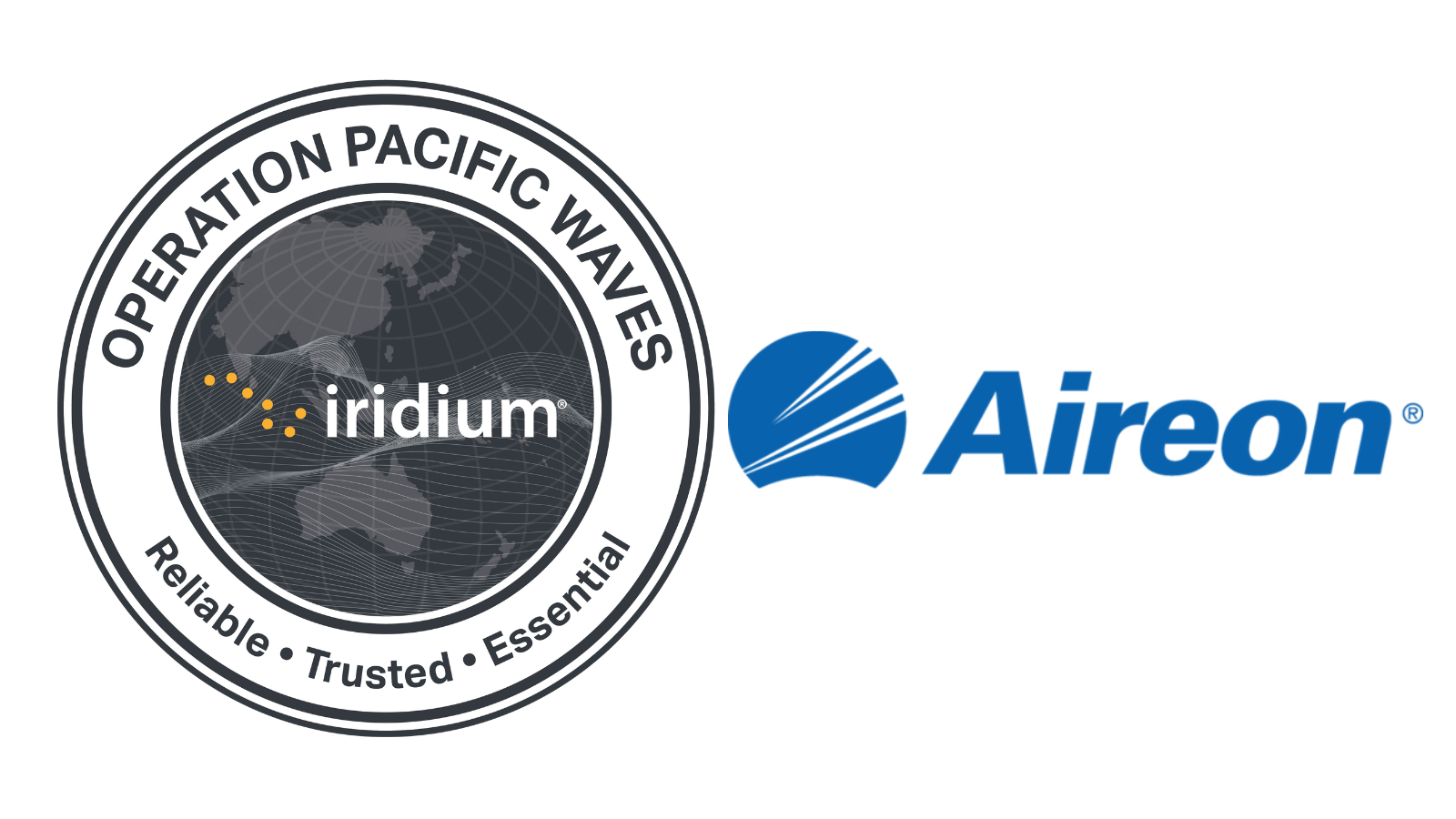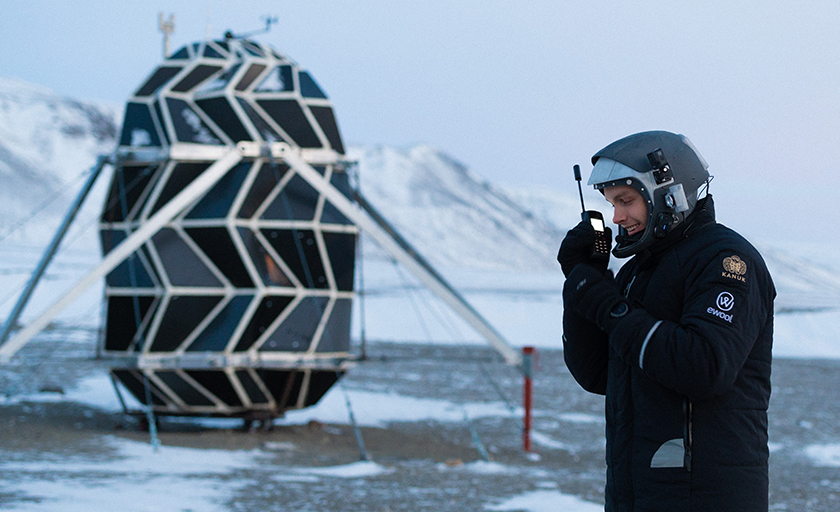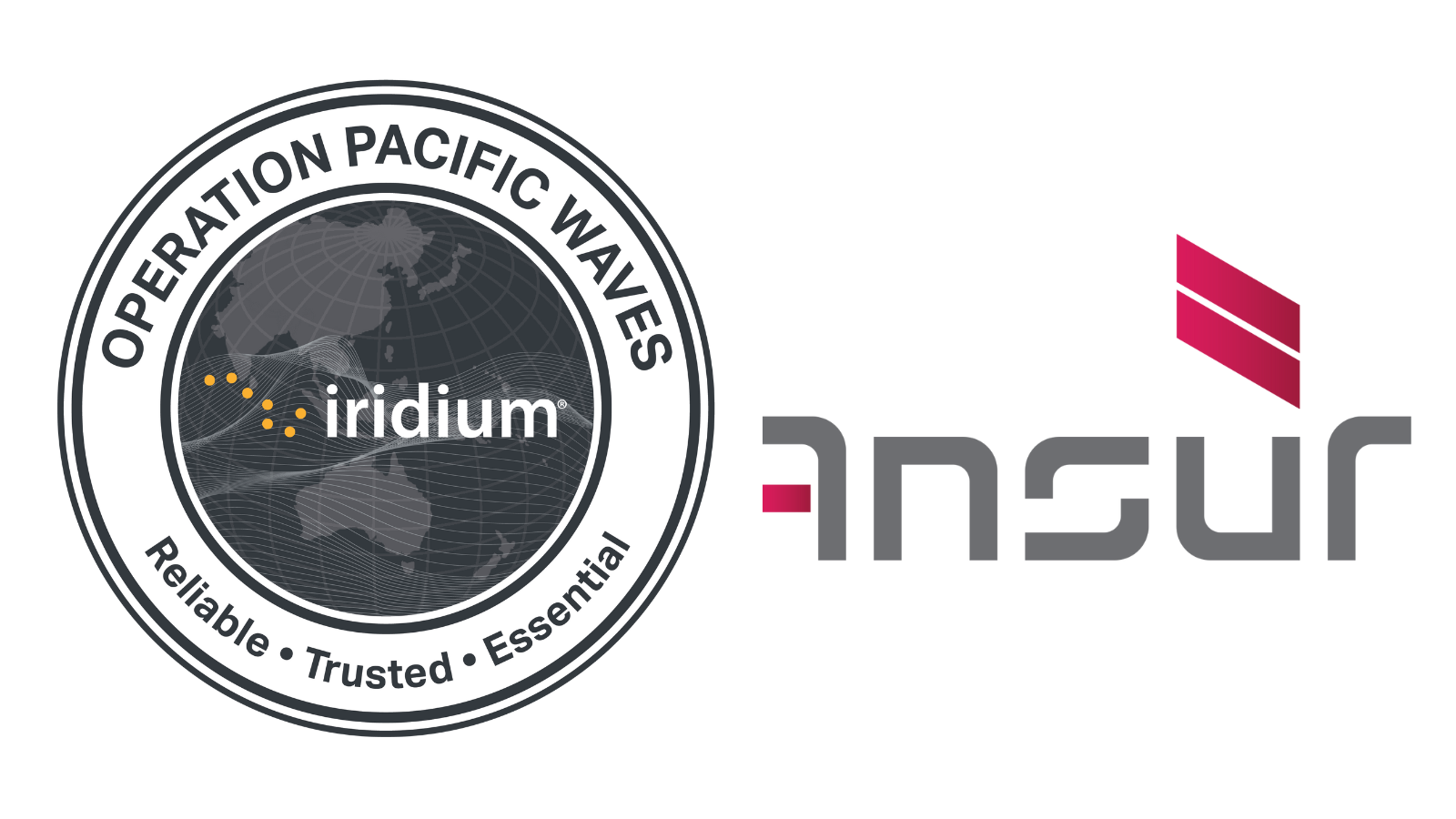At A Glance
- The ChallengeResearch and test expeditions require reliable communications ensuring the safety and well-being of the explorers and their research.
- The SolutionIridium and Iridium Connected® devices enabled critical connectivity, safety warnings, and daily check-ins, allowing researchers to feel safe and connected while isolated in a remote location throughout the scientific simulation.
- The ImpactWith a reliable means of communication, the researchers were able to focus on collecting data and recording the experiences of living in a lunar habitat, informing future simulations, with the ultimate goal of creating a hospitable environment for living on the moon.
The Challenge
Humans will return to the surface of the moon in the coming years. SAGA founders and LUNARK expedition leaders, Sebastian Aristotelis and Karl-Johan Sørensen, sought to rethink the space where those travelers will live and work during their missions. To do this, they built a habitat to simulate the living conditions astronauts will experience on the moon. While previous exhibitions adapted off-the-shelf items for shelter and had assistance on standby for any issues, the LUNARK exhibition sought to design a habitat that fully considered the humans that would be inside it and replicated the stressful situation of genuine isolation in the extreme environment astronauts would face. Focusing on design from the inside out, the team built an unfolding habitat only three meters in diameter that could expand up to 750% and featured new approaches to sleeping. The simulation also sought to combat the monotony and loneliness that many experienced in previous missions.
With the habitat designed and produced for the 2020 expedition, a key issue remained: communication. The central needs for the LUNARK habitat simulation were dependable connectivity for data retrieval, real-time software updates, and reliable communication in case of emergency. The architects-turned-researchers also needed the ability to stay in daily contact with family members, friends, and followers of the project.

The Solution
Given the extreme isolation the LUNARK Team would face in northern Greenland, LUNARK reached out to an Iridium partner, Polaris, who assessed the needs of the team and recommended an Iridium 9555 satellite phone as well as an Iridium Connected Garmin inReach. Iridium’s truly global network is the only service that would reliably work in the utmost northern areas of Greenland, close to the north pole, even in adverse weather conditions. Throughout the 100-day mission, Aristotelis and Sørensen were able to send both business and personal communications daily.
“One of the biggest contributors to well-being is communication, and it proved to be one of the most influential things in our lifestyle during the simulated mission.” – Sebastian Aristotelis, LUNKARK Expedition Leader
With the Iridium 9555, the LUNARK team had a connection to “earth” during their expedition while remaining geographically isolated, critical to their well-being and mental health. The satellite phone served as an important lifeline to a nearby military base that was able to notify the crew when severe weather was on the way and check up on the team after a polar bear approached the habitat.
Additionally, Aristotelis and Sørensen used the Iridium 9555 to create an internet connection through their laptops, sending expedition photos and emails back and forth with their team in Copenhagen. This link proved vital to maintain mission continuity as they were able to send lines of code for the team back in Copenhagen to review and return with software updates to equipment issues that arose on site.
The Impact
Communication was critical for the well-being of Aristotelis and Sørensen and continuity of the mission during the 100-day lunar habitat simulation. Iridium’s truly global connectivity also enabled the teammates to share their experiences along the way, informing colleagues, friends, families, and followers of their progress through daily updates, while also enabling critical software updates for onsite equipment by a remote team.
“Communication is the last thing you think about, but is the most important thing you’ll have with you.”
–Keld Pederson, Sales Manager, Polaris Electronics A/S Denmark
Reliably connected to their team back in Copenhagen, the two architects were able to record over 2.5 million data points, like humidity and air quality levels, as well as catalog their physical and mental states living in the isolated “lunar” environment. That data was shared with research groups and psychologists around the world and is being used by the SAGA team to inform future habitats that they hope will eventually make it to the moon or Mars.
As the team continues developing a solution for a safe, hospitable lunar habitat, building integrated communications links to support researchers, scientists, and, someday, astronauts, will continue to be critical.

